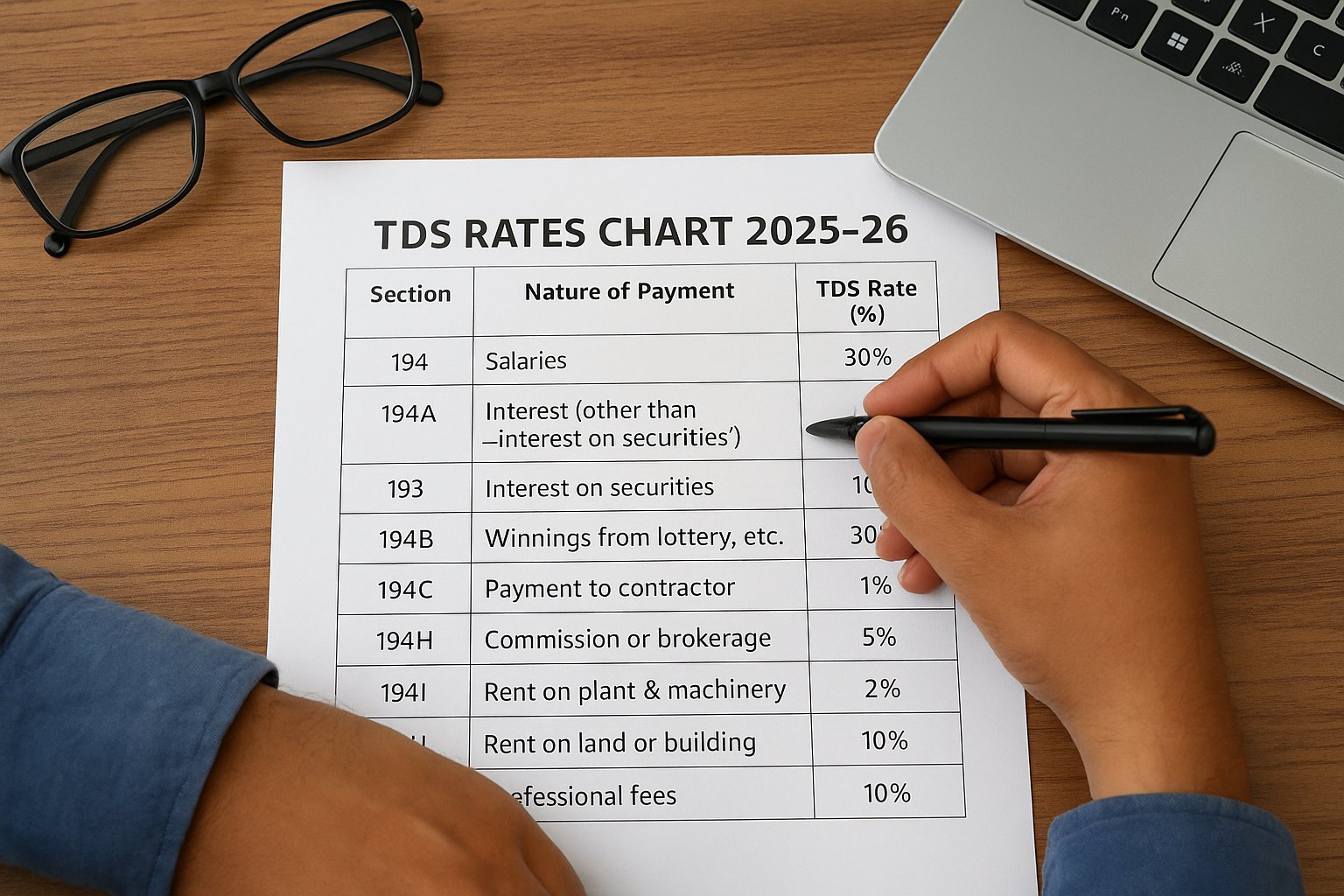In an era of global mobility and cross-border financial activity, transparency and accurate reporting of foreign assets and income are more crucial than ever. To combat tax evasion and promote global compliance, two major international frameworks—CRS (Common Reporting Standard) and FATCA (Foreign Account Tax Compliance Act)—have been implemented worldwide, including in India.
This article explores their purpose, how India receives data under these frameworks, what Indian taxpayers must report in their ITR, and a step-by-step guide to filling related schedules like FSI, TR, and FA in your Income Tax Return.
A. ✅ Purpose of CRS and FATCA
📌 Common Reporting Standard (CRS)
Initiated by the OECD, CRS is a global framework that mandates financial institutions across countries to collect and share information about financial accounts held by foreign residents. This data is automatically exchanged between participating jurisdictions annually.
📌 Foreign Account Tax Compliance Act (FATCA)
Introduced by the United States, FATCA compels foreign financial institutions (FFIs) to report details of accounts held by U.S. taxpayers to the IRS (Internal Revenue Service).
Both CRS and FATCA aim to:
- Detect undisclosed offshore assets
- Prevent tax avoidance
- Promote global cooperation
B. 🌐 Information Received by India
India, being a signatory to both CRS and FATCA, receives financial account data of its residents who hold accounts abroad. The information includes:
- Name, Address, Date of Birth & TIN (Taxpayer Identification Number)
- Account Number and Year-End Balance
- Income: Dividends, Interest, Proceeds from Sale/Redemption
🔍 This data is used by the Income Tax Department to verify the foreign assets and global income of Indian residents and detect cases of non-disclosure.
C. 📄 Disclosure Requirements under Indian Tax Laws
As per the Income-tax Act, 1961, every Resident and Ordinarily Resident (ROR) individual must mandatorily disclose foreign income and assets in their ITR.
Key Schedules for Disclosure:
| Schedule | Purpose |
|---|---|
| FA | Foreign Assets (held at any time during the year) |
| FSI | Foreign Source Income |
| TR | Tax Relief (for taxes paid abroad) |
🔸 To claim Double Taxation Relief, file Form 67 before filing the ITR.
⚠️ Non-Disclosure Consequences:
Failure to disclose can lead to penalties, prosecution, and action under the Black Money Act, 2015.
D. 💡 Benefits of Full Transparency
- Legal Compliance: Demonstrates honesty and avoids scrutiny from tax authorities.
- Tax Relief: Enables availing benefits under Double Taxation Avoidance Agreements (DTAA).
- No Penalty Risk: Minimizes exposure to legal action.
- National Duty: Contributes to the nation by ensuring rightful tax collection.
E. 🧾 Step-by-Step Guide to Reporting in ITR
1️⃣ Schedule FSI – Income from Outside India
Report details of foreign income and tax paid abroad. Key instructions:
- Applicable to Resident Individuals
- Report income head-wise (e.g., Salary, Capital Gains)
- Mention ISD Code, TIN/Passport, DTAA Article, and Nature of Income
- Ensure this income is also shown in the main income schedules
- File Form 67 for tax credit claim
2️⃣ Schedule TR – Claiming Tax Relief
Summarizes foreign tax relief claim country-wise:
| Column | Details |
|---|---|
| (a) | Country Code (ISD) |
| (b) | TIN / Passport |
| (c) | Tax paid outside India |
| (d) | Tax relief claimed |
| (e) | Relevant Section: 90, 90A, or 91 |
🔄 Must be consistent with Schedule FSI.
3️⃣ Schedule FA – Foreign Assets
Mandatory for Residents and Ordinarily Residents to disclose:
| Table | What to Report |
|---|---|
| A1 | Foreign Depository Accounts |
| A2 | Custodian Accounts |
| A3 | Equity & Debt Instruments |
| A4 | Foreign Life Insurance / Annuity |
| B | Financial Interest in Entities |
| C | Immovable Properties |
| D | Other Capital Assets |
| E | Signing Authority in Foreign Accounts |
| F | Trusts where you’re settlor/beneficiary/trustee |
| G | Any Other Foreign Income |
✔️ Disclose Peak Balance, Closing Balance, and Income generated (in INR)
Important Definitions:
- Beneficial Owner: One who provided funds
- Beneficiary: One who enjoys benefits (even if not fund provider)
- Legal Owner: Holder of title
📆 Calendar Year:
Schedule FA refers to the calendar year (1 Jan 2024 to 31 Dec 2024).
F. 🌏 Currency Conversion Rules
All values must be converted to INR using:
- Telegraphic Transfer Buying Rate (TTBR) as on:
- Peak Balance Date
- Date of Investment
- 31st December of the Calendar Year
TTBR is published by State Bank of India (SBI) per RBI guidelines.
G. 🔍 Clarification for Schedule AL & FA
Even if you’ve disclosed foreign assets in Schedule AL, you must again report them in Schedule FA.
H. 🧾 Summary Checklist for Taxpayers
| Task | Status |
|---|---|
| ✔️ Disclose all foreign accounts, properties, shares, and trusts | |
| ✔️ Report income from foreign salary, interest, capital gains | |
| ✔️ File Form 67 to claim foreign tax credit | |
| ✔️ Convert all figures to INR using TTBR | |
| ✔️ Avoid non-disclosure to escape penalties under Black Money Act |
In line with global standards set by CRS and FATCA, Indian residents must ensure complete and correct disclosure of foreign assets and income in their ITRs. The Income Tax Department uses international data exchanges to identify discrepancies. Therefore, it is crucial for taxpayers to file Schedule FA, FSI, and TR accurately.
This transparency not only protects you from penalties but also contributes to India’s compliance reputation and national development.
📹 Coming Soon on CA Guruji:
🎥 “How to Fill FA, FSI & TR in ITR for AY 2025-26” – Stay tuned for a step-by-step filing demo on our YouTube channel.
You can contact team of Tax Experts to file Your ITR at 9150010300 or visit www.legalsahayak.com
💁🏼 Learn GST, Income Tax, ITR, Accounting, Tally, Trademark, TDS Returns: https://cagurujiclasses.com 📞 Call at 9150010400 (only for courses)
Visit www.cagurujiclasses.com for practical courses











